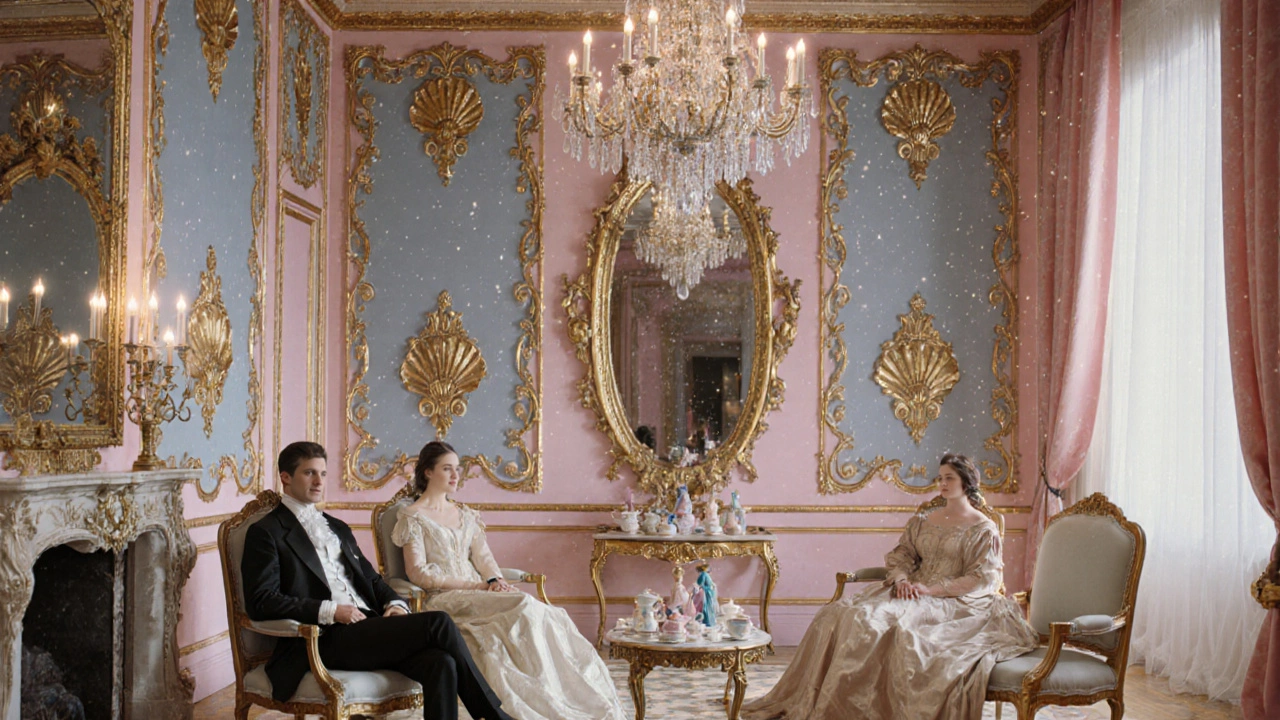Rococo Painting: Light, Playful, and Pastel‑Rich Art
When talking about Rococo painting, a decorative style that emerged in early 18th‑century France, known for airy compositions, pastel colors, and whimsical subjects. Also called Rococo art, it grew out of the dramatic intensity of Baroque, the dominant 17th‑century movement that emphasized bold contrast, grandeur, and intense emotion. The shift from Baroque to Rococo can be summed up as: Rococo painting encompasses playful pastel palettes, requires delicate brushwork, and influences later decorative trends. As an offshoot of 18th‑century art, it reflects the social optimism of the French aristocracy, favoring intimate scenes over monumental history. The hallmark pastel palette – soft pinks, blues, and greens – gives the style its recognizable lightness, turning serious subjects into charming visual jokes.
Key Traits and Influences
The core of Rococo painting lies in three attributes. First, the color scheme relies on a pastel palette that softens shadows and creates a dreamy atmosphere. Second, the subject matter often features love, leisure, and mythological flirtations, a clear departure from Baroque’s epic battles and saintly martyrdoms. Third, the composition embraces asymmetry, curving lines, and ornamental details, echoing the ornate interior design of the period. Artists like François Boucher, Jean‑Honoré Fragonard, and Jean‑Antoine Watteau masterfully blended these traits, producing works that still feel fresh today. Their paintings illustrate the semantic triple: Rococo painting draws inspiration from Baroque drama, adopts pastel palettes, and feeds modern decorative design. This chain of influence explains why contemporary interior designers still quote Rococo motifs when they want a touch of elegance without heaviness.
Below you’ll find a curated list of articles that dig deeper into these ideas. One piece breaks down how Rococo broke the Baroque mold, another profiles the most famous painters, and a third looks at the movement’s lasting impact on today’s visual culture. Whether you’re a casual art fan or a design professional, the collection offers practical insights, vivid examples, and clear explanations that will help you recognize Rococo painting whenever you see it – from museum walls to modern fabric prints. Dive in and discover how this light, playful style continues to shape the way we see beauty.

Rococo Art: 18th‑Century Revolution Explained
Explore Rococo, the 18th‑century artistic revolution, its origins, key traits, famous artists, architecture, and lasting influence in a clear, engaging guide.
Read more